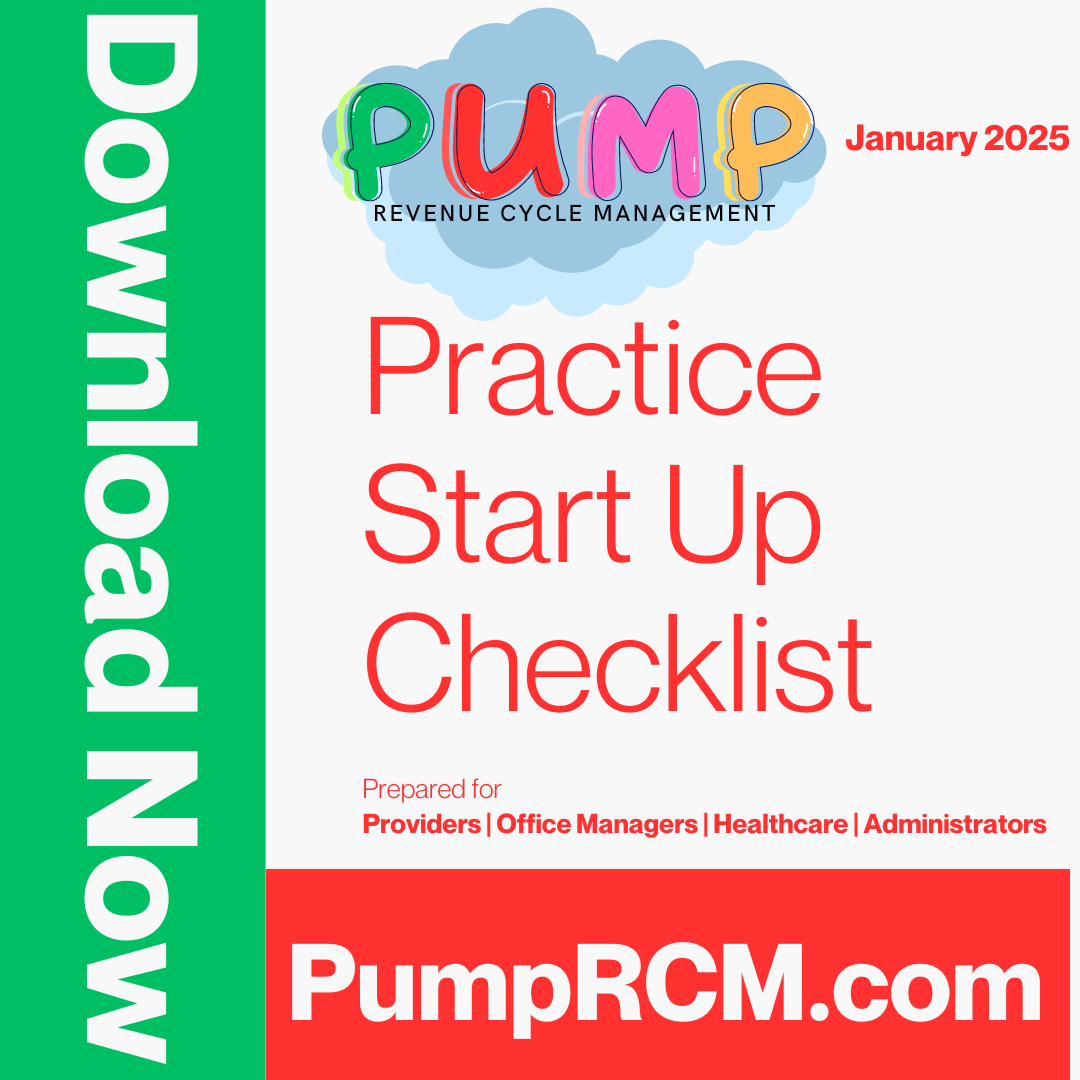Ideal Healthcare RCM Practices to Boost Functional Effectiveness and Collections
Wiki Article
A Comprehensive Guide on How Healthcare RCM Works to Enhance Invoicing and Collections
Navigating the intricacies of medical care earnings cycle monitoring (RCM) is vital for service providers intending to improve their invoicing and collections procedures. The overview unpacks the details of RCM, from individual registration to accounts receivable monitoring, providing insights right into enhancing each step. Incorporating sophisticated innovation and standardized procedures can substantially reduce claim denials and speed up settlement cycles. Yet, real difficulty exists in seamlessly merging these aspects to enhance capital. As we check out the core components and techniques that drive efficiency, one question continues to be: exactly how can health care entities best placement themselves to flourish financially in an ever-evolving industry?Understanding Profits Cycle Administration
Understanding the complexities of Income Cycle Administration (RCM) is crucial for healthcare companies aiming to maximize their economic performance. RCM is a critical administrative feature that encompasses the whole monetary procedure of person treatment, from the initial consultation readying to the final repayment of the equilibrium. It is a complex procedure developed to determine, accumulate, and handle the earnings from the solutions offered to clients. Efficient RCM makes certain that medical care companies receive timely and precise payments, lessening the threat of income loss and improving money circulation.The RCM procedure starts when a person schedules a visit and extends through the client's care trip, consisting of invoicing and collections. An essential purpose is to lower the time between offering a service and receiving settlement, hence enhancing the organization's economic health. RCM includes various features such as patient enrollment, insurance confirmation, fee capture, coding, declares entry, settlement uploading, and handling denials and allures.
Key Elements of RCM
In the world of Income Cycle Administration (RCM), comprehending its key components is basic to accomplishing monetary performance within health care companies. RCM is a comprehensive process that encompasses numerous phases, each essential to guaranteeing reliable invoicing and collections. The main parts consist of individual enrollment, insurance verification, fee capture, coding, insurance claim entry, settlement publishing, and balance due management.

As soon as coded, insurance claims are sent to payers, where precision is vital to stay clear of beings rejected or hold-ups - Healthcare RCM. Repayment uploading entails tape-recording the obtained repayments, which enables the reconciliation of accounts. Finally, accounts receivable administration focuses on tracking and addressing overdue insurance claims, guaranteeing timely follow-up and resolution
Each part of RCM is adjoined, and inadequacies in any kind of component can disrupt the whole cycle. Consequently, grasping these elements is crucial for doctor to maximize income and boost their financial health and wellness.
Approaches for Efficient Payment

Standardizing payment procedures throughout the organization is an additional crucial technique. Establishing clear guidelines for documents, coding, and entry assists maintain consistency and conformity with regulative requirements. Training team frequently on these procedures makes certain everyone is updated you can check here with the most recent modifications in billing codes and payer policies.
Exact charge capture is necessary in avoiding revenue leak. Executing normal audits and tracking systems permits the identification and improvement of inconsistencies prior to they affect earnings. Additionally, maintaining open lines of interaction with payers helps to promptly deal with any kind of disagreements or misconceptions that may occur.

Finally, interesting individuals early in the billing process by giving clear price quotes and educational products concerning their monetary obligations can dramatically decrease complication and improve repayment timeliness. These approaches collectively add to an extra economically healthy and balanced and effective invoicing system.
Enhancing Collections Procedures
Provided the complexities of clinical billing and the variety of payer requirements, improving the collections procedure involves applying tactical procedures that make certain prompt and precise repayment of solutions rendered. Automation devices can assist in tracking claim conditions, sending prompt reminders to individuals, and taking care of denials much more efficiently.Clear and clear person communications are crucial. Providing thorough explanations of costs and providing flexible payment strategies can increase patient satisfaction and timely settlements.
Regular audits of the collections process need to be performed to determine locations for renovation and make certain conformity with policies. By evaluating information, health care companies can recognize trends, prepare for potential issues, and adjust methods appropriately (Healthcare RCM). Inevitably, a well-enhanced collections process not only sustains monetary health and wellness however also adds to an extra smooth experience for people and staff alike
Optimizing Revenue Streams
Building upon the structure of a solid collections process, healthcare companies can additionally boost their economic stability by purposefully optimizing profits streams. This entails a multi-faceted method, beginning with a comprehensive evaluation of existing revenue sources to identify inadequacies and areas for development. Using sophisticated data analytics devices makes it possible for companies to obtain understandings into payer mix, person demographics, and solution utilization patterns, enabling data-driven decisions that enhance earnings capture.Applying automated billing systems can significantly reduce errors and quicken cases processing, guaranteeing that income is accumulated a lot more successfully. Additionally, maximizing payer agreements via regular negotiations can improve reimbursement rates and terms, straight affecting the lower line. Branching out service offerings, such as including telehealth or health care, can also draw in a broader individual base, thus boosting earnings potential.
One more critical element is boosting person engagement and satisfaction, as satisfied patients are much more likely to abide by therapy strategies and make timely payments. Offering adaptable repayment choices and transparent billing techniques can boost collections and foster person loyalty. Healthcare RCM. By adopting these methods, health care companies can produce a much more resilient economic structure, making certain continual growth and stability in an ever-changing market landscape
Final Thought
In final thought, health care Revenue Cycle Monitoring (RCM) plays an essential duty in maximizing payment and collections procedures by incorporating vital elements such as individual registration, insurance coverage confirmation, fee see it here capture, coding, asserts submission, and accounts look at this now receivable management. By using sophisticated innovation, standardizing procedures, and promoting client involvement, medical care providers can considerably lower case denials, accelerate settlement cycles, and improve capital. This comprehensive technique to RCM ultimately causes improved financial effectiveness and sustainability for healthcare companies.The RCM procedure starts when an individual schedules a consultation and expands via the individual's treatment journey, including payment and collections.Another important part is boosting patient engagement and fulfillment, as pleased clients are a lot more most likely to stick to therapy plans and make timely repayments. Offering flexible repayment choices and transparent invoicing techniques can boost collections and foster individual loyalty.In final thought, medical care Income Cycle Management (RCM) plays a critical role in optimizing billing and collections processes by integrating essential elements such as person enrollment, insurance coverage confirmation, cost capture, coding, asserts entry, and accounts receivable monitoring. By using advanced technology, standardizing treatments, and cultivating individual involvement, healthcare service providers can substantially lower claim rejections, accelerate settlement cycles, and improve cash money flow.
Report this wiki page